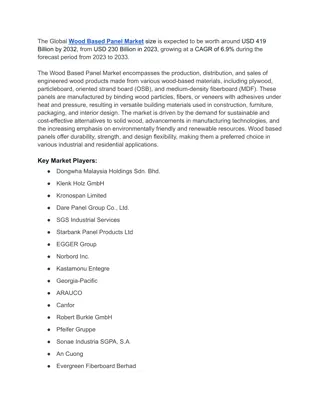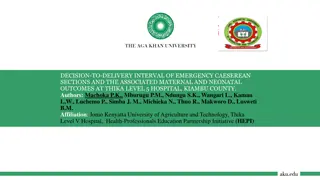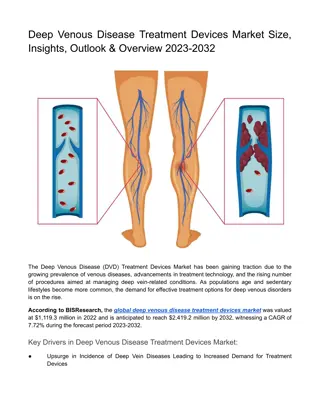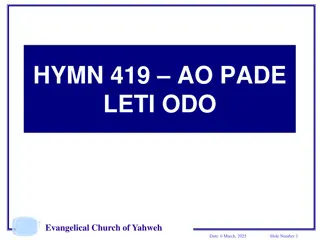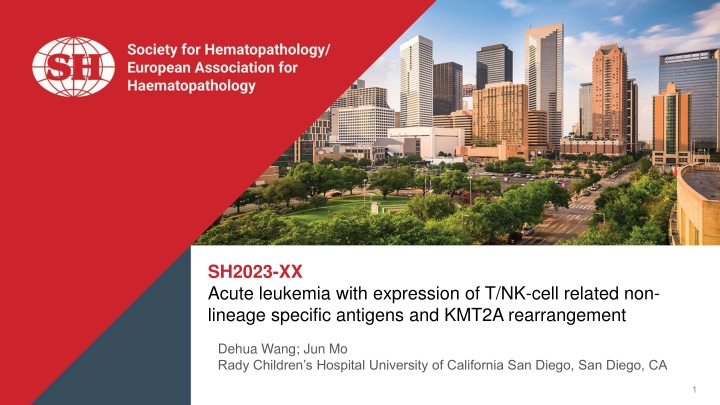
Acute Leukemia with T/NK-Cell Antigen Expression and KMT2A Rearrangement - Case Study by Dehua Wang & Jun Mo
Explore a case study of an 11-year-old male presenting with acute leukemia, highlighting clinical information, biopsy details, microscopic findings, and immunophenotype analysis. Follow along the journey of diagnosis and treatment decisions for this complex hematological condition.
Download Presentation

Please find below an Image/Link to download the presentation.
The content on the website is provided AS IS for your information and personal use only. It may not be sold, licensed, or shared on other websites without obtaining consent from the author. If you encounter any issues during the download, it is possible that the publisher has removed the file from their server.
You are allowed to download the files provided on this website for personal or commercial use, subject to the condition that they are used lawfully. All files are the property of their respective owners.
The content on the website is provided AS IS for your information and personal use only. It may not be sold, licensed, or shared on other websites without obtaining consent from the author.
E N D
Presentation Transcript
SH2023-XX Acute leukemia with expression of T/NK-cell related non- lineage specific antigens and KMT2A rearrangement Dehua Wang; Jun Mo Rady Children s Hospital University of California San Diego, San Diego, CA www.society-for-hematopathology.org 1
Clinical Information 11- year-old male presented with a two-week history of left shoulder pain, fatigue, bruising and petechiae, and abdominal fullness; he has been afebrile. CBC showed WBC 7.6, Hb 10, 49% circulating blasts, anemia and severe thrombocytopenia. He had splenomegaly without other apparent lymphadenopathy or masses; no mediastinal mass was seen by x-ray. Epstein-Barr virus serological studies were negative. 2 www.society-for-hematopathology.org
Biopsy Fixation Details The bone marrow procedures were performed. The bone marrow biopsies were received in 10% buffered formalin and consisted of multiple small cores of bony tissue measuring 0.5-0.7 in length and 0.1cm in diameter. The specimen was decalcified by immunodecal solution for 45 mins and then entirely processed. 3 www.society-for-hematopathology.org
Details of Microscopic Findings Bone marrow aspirate markedly hemodiluted due to dry tap. Individual cells captured as image demonstrated. 56% blasts identified on the aspirate. The blasts were large in size (compared to normal bone marrow cells), high N/C ratio, prominent nucleoli, fine chromatin, irregular nuclear contour and scant deep blue cytoplasm without overt granules. Content here 4 www.society-for-hematopathology.org
Immunophenotype Flow cytometry and immunohistochemical study Markers Flow IHC on bone marrow biopsy Flow cytometry on bone marrow aspirate cytometry on repeat bone marrow aspirate at Mayo Clinic Lab + - Dim + - n/a CD2 sCD3 Ambiguous / Very few blasts weakly + Ambiguous / Very few blasts weakly + n/a n/a n/a - - Small subset dim+ - CyCD3 - - - - + - - CD4 CD5 CD7 CD8 CD10 CD34 Bright + - - - Ambiguous very small subset + n/a Dim+ Partial bright+ n/a Dim+ + CD43 CD45 CD56 n/a Large subset dim to bright + n/a - - - Small subset Dim+ Strongly + Strongly+ - - n/a n/a n/a - - n/a n/a CD99 TdT CD1a TCR-ab/gd CD79a 5 www.society-for-hematopathology.org
Immunophenotype-contd Flow cytometry: Negative for other B-cell, myeloid and NK cells markers Negative for TRBC1, CD57, CD94, NKG2A, CD158b, CD`58a, CD158e IHC: Negative for TdT, CD34, CD1a, CD117, CD4, CD68, CD123, S100, granzyme B, TIA-1, myeloperoxidase, CD30, ALK1, and EBER. 6 www.society-for-hematopathology.org
Cytogenetics FISH study: KMT2A rearrangement in 92% of cells 7 www.society-for-hematopathology.org
Molecular Studies TCR gene rearrangement analysis: Clonal T-cell receptor gene rearrangement detected. 8 www.society-for-hematopathology.org
Proposed Diagnosis/ses Acute leukemia with expression of T/NK-cell related non-lineage specific antigens and KMT2A rearrangement 9 www.society-for-hematopathology.org
Interesting Features of Case As the leukemic blasts lack lineage-defining markers by the World Health Organization (WHO) classification. The differential diagnosis includes acute undifferentiated leukemia; acute leukemia of ambiguous lineage, not otherwise specified; and T-lymphoblastic leukemia, NK-lymphoblastic leukemia/lymphoma The blasts are positive for the T/NK cell markers CD2, CD7, and partial CD56, and demonstrate clonality by T cell receptor gene rearrangement studies, suggestive of a T cell phenotype. However, absence of definitive expression of CD3 (as well as lack of CD34, TdT, or CD1a - markers of immaturity) makes the overall immunophenotype unusual for T-ALL. Furthermore, rearrangement of T cell receptor genes does not provide definitive evidence of T cell lineage, as such rearrangements may be seen in other types of acute leukemia. However, KMT2A rearrangement support primitive process. NK lymphoblastic leukemia cannot be entirely excluded, but this diagnosis is poorly defined by the WHO; furthermore, more specific NK cell markers (such as CD94 and KIRs) are absent in this case. Overall, this leukemia is felt to best represent acute leukemia of ambiguous lineage, NOS. While acute undifferentiated leukemia is a consideration, expression of CD7 and CD79a (small subset) by the blasts is somewhat less consistent with this diagnosis according to the WHO. 10 www.society-for-hematopathology.org


